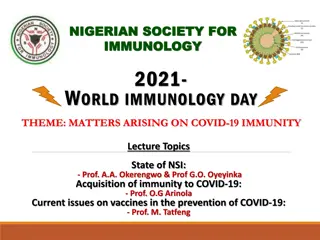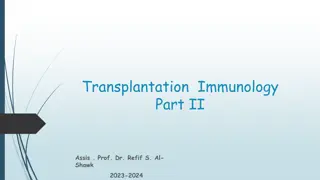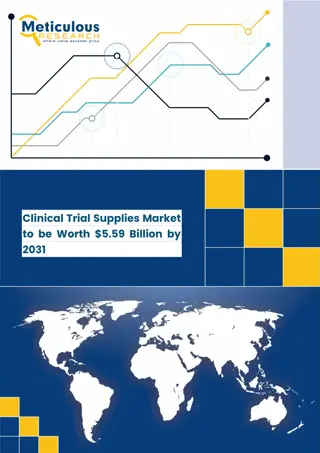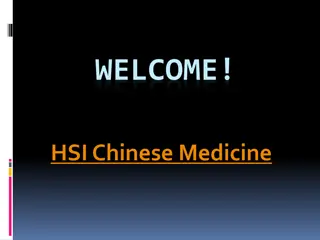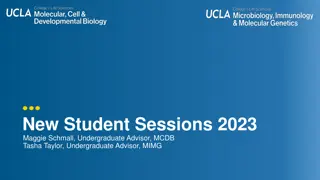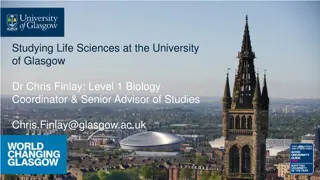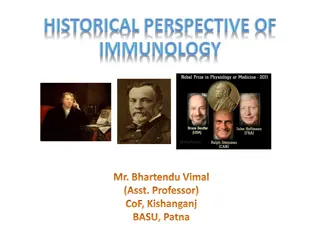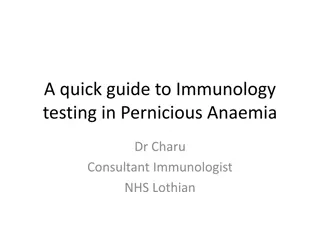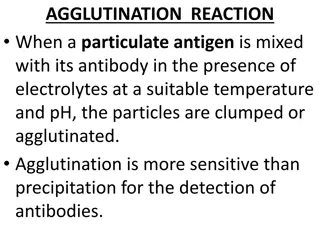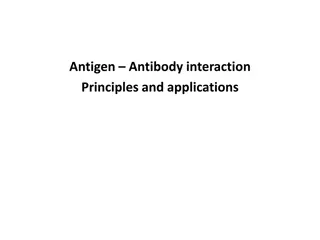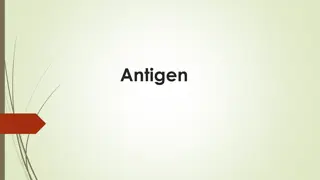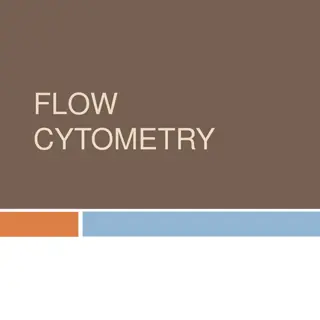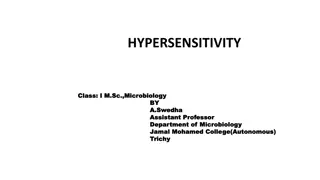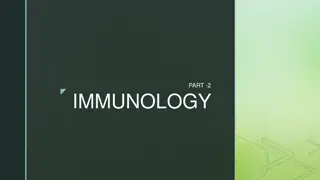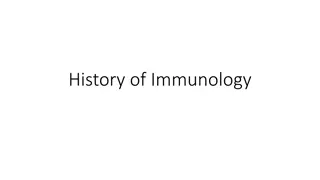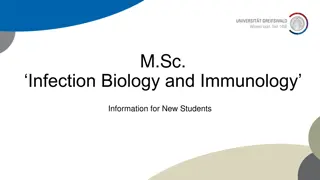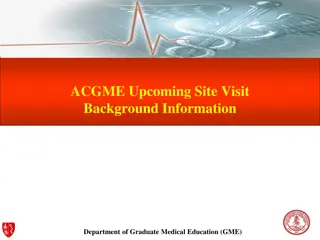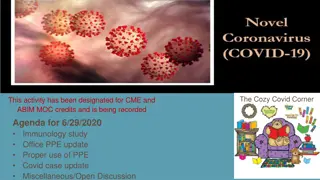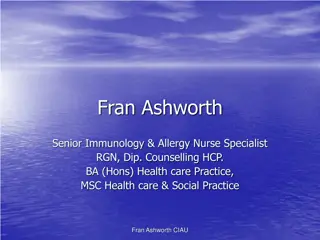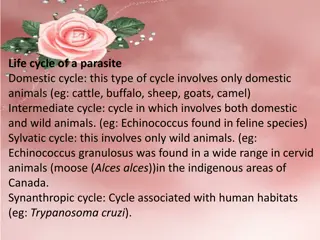INTRODUCTION OF IMMUNOLOGY
Explore the fundamentals of immunology with insights into immunogens, antigens, epitopes, and haptens. Uncover how these key components play vital roles in shaping immune responses and learn about paratopes, the basis of immunogenicity, and the key events that determine foreignness in the immune system.
Download Presentation

Please find below an Image/Link to download the presentation.
The content on the website is provided AS IS for your information and personal use only. It may not be sold, licensed, or shared on other websites without obtaining consent from the author.If you encounter any issues during the download, it is possible that the publisher has removed the file from their server.
You are allowed to download the files provided on this website for personal or commercial use, subject to the condition that they are used lawfully. All files are the property of their respective owners.
The content on the website is provided AS IS for your information and personal use only. It may not be sold, licensed, or shared on other websites without obtaining consent from the author.
E N D
Presentation Transcript
INTRODUCTION OF IMMUNOLOGY Subject : IMMUNOLOGY Dr. V.Uthayakumar Assistant Professor PG and Research Department of Zoology Sri Vasavi College, Erode-638316.
Immunogen, antigen, epitope, hapten Immunogen: a stimulus that produces a humoral or cell- mediated immune response Antigen: any substance that binds specifically to an antibody or a T-cell receptor
Immunogen, antigen, epitope, hapten All immunogens are antigens but not all antigens are immunogens Some very small molecules called haptens can bind to Ab s or TCR s but they cannot initiate an immune response
Immunogen, antigen, epitope, hapten Immunogen: a stimulus that produces a humoral or cell-mediated immune response Antigen: any substance that binds specifically to an antibody or a T-cell receptor Epitope: the portion of an antigen that is recognized and bound by an Ab or TCR/MHC complex (aka antigenic determinant) Hapten: a low molecular weight molecule that can be made immunogenic by conjugation to a suitable carrier
Immunogen, antigen, epitope, hapten Paratope Paratope: The site in the variable (V) domain of an antibody or T-cell receptor that binds to an epitope on an antigen
The basis of immunogenicity Foreignness Molecular size Chemical composition and heterogeneity Degradability
The key event A processed antigen in an MHC is seen by a TCR. The TCR asks the MHC, Are you me? and receives an affirmative answer, Yes. The TCR asks the processed antigen, Are you me? and receives the negative answer, No! Thus, the processed antigen is seen as not-self, i. e., foreign.
The basis of immunogenicity Foreignness Molecular size Chemical composition and heterogeneity Degradability
There are two general classes of antigens Exogenous: presented by Antigen Presenting Cells (APC s). These are macrophages, B-cells, and some dendritic cells Endogenous: typically peptides derived from any protein; an infected cell displays not-self proteins and is, thus, an altered self cell
There are two classes of T-cells TC have CD8 which interacts with MHC-I; thus, CD8+ T-cells are MHC-I restricted. TC cells become cytotoxic T lymphocytes(CTL s) which attack altered self-cells (e. g., infected cells.) Altered self-cells are also called target cells. They are the targets for the CTL s cytotoxicity.
Summary Immunogen Foreignness Antigen Molecular size Chemical compo- sition and heterogeneity Epitope Hapten Degradability



